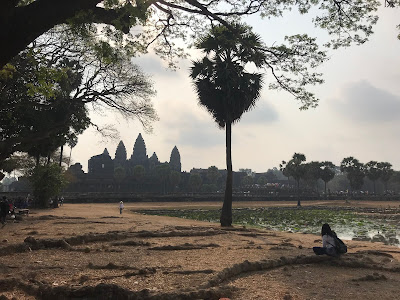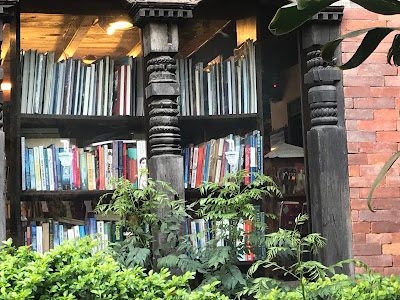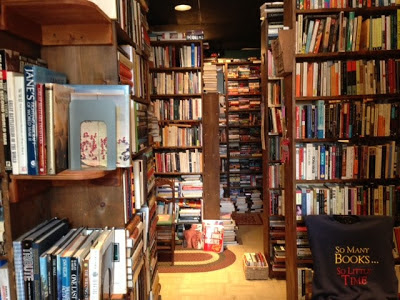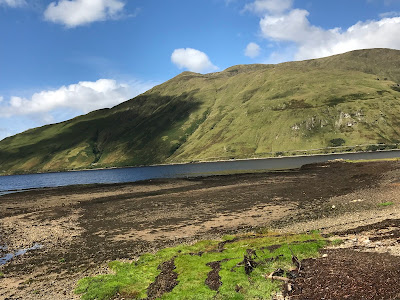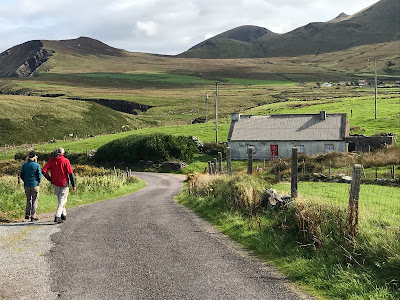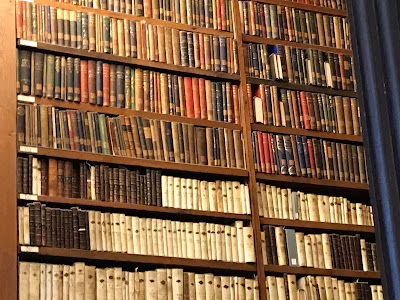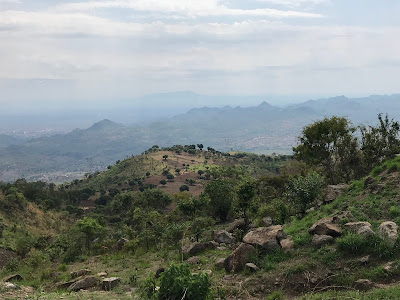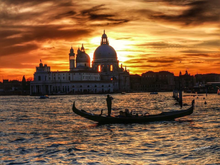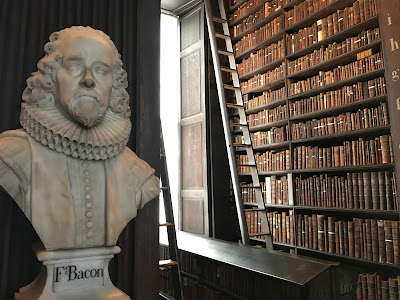Of Memoirs and Tree Ferns
I began this International Woman’s Day reading (and finishing) a memoir by a most amazing woman, Diana Athill. Retiring at 75 from a successful editing career where she worked with such writers as John Updike and Jean Rhys, Athill began her second act — as a memoirist.
She penned several volumes in her 80s and 90s, including Stet, full of literary gossip and wise observations, and Somewhere Towards the End, which she wrote more than 12 years before the end, as it turns out. She died less than two months ago at the age of 101. She is my new role model.
Not that I think I’ll live as long as she, but it would be wonderful to write another book someday, and reading her gives me hope that there may be some juice left after I finally leave my day job.
Let me quote from her postscript, with a bit of explanation. Athill begins her book describing a tree fern that she would like to plant but hesitates to — because she thinks she won’t be around long enough to enjoy it. By the time the book ends, she has a more optimistic view:
The tree fern: it now has nine fronds each measuring about twelve inches long, and within a few days of each frond unfurling to its full length, a little nub of green appears in the fuzzy top of the ‘trunk’ (out of which all fronds sprout and into which you have to pour water). This little nub is the start of a new frond, which grows very slowly to begin with but faster towards the end — so much faster than you can almost see it moving. I was right in thinking that I will never see it being a tree, but I underestimated the pleasure of watching it being a fern. It was worth buying.
